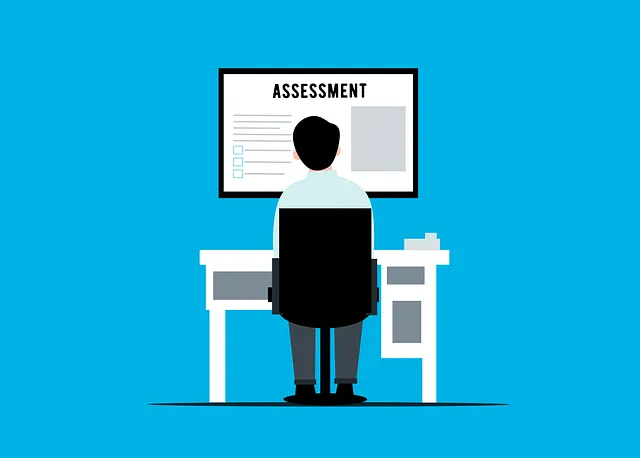
BaZi: The Ancient Art of Life Analysis
BaZi: The Ancient Art of Life Analysis – A Non-Religious Profiling Tool
Introduction to BaZi
BaZi, also known as the Four Pillars of Destiny, is an ancient Chinese life analysis system that helps individuals understand their strengths, weaknesses, opportunities, and potential challenges. Contrary to popular belief, BaZi is not fortune telling, nor is it religious. Instead, it serves as a sophisticated profiling tool that deciphers one's destiny using time-honored principles of Chinese metaphysics.
In today's world, BaZi has gained widespread recognition as a personal development tool, helping people make better life choices regarding career, relationships, and overall well-being. But how exactly does it work, and why is it often mistaken for fortune telling? Let's explore.
Understanding the Foundations of BaZi
The Four Pillars of Destiny
BaZi revolves around the concept of the Four Pillars of Destiny, which are derived from a person's birth date and time. Each pillar consists of a Heavenly Stem and an Earthly Branch, forming the foundation of one's personal BaZi chart.
The Four Pillars include:
Year Pillar – Represents ancestry, social circle, and early childhood.
Month Pillar – Reflects career, work ethic, and personal ambitions.
Day Pillar – Determines one's true self and personal relationships.
Hour Pillar – Symbolizes creativity, aspirations, and future endeavors.
By analyzing these pillars, a BaZi practitioner can identify patterns in an individual's life and provide insights into their personal and professional journey.
The Five Elements and Their Role
At the core of BaZi lies the Five Elements—Wood, Fire, Earth, Metal, and Water. These elements interact in various ways, shaping a person's destiny and influencing their personality traits.
Wood – Represents growth, creativity, and kindness.
Fire – Symbolizes passion, leadership, and energy.
Earth – Denotes stability, patience, and reliability.
Metal – Associated with discipline, strength, and justice.
Water – Reflects wisdom, adaptability, and communication skills.
Each person has a unique balance of these elements in their BaZi chart, determining their strengths, challenges, and overall life path.
How BaZi Works: A Deep Dive into Its Mechanics
Unlike random predictions or superstition, BaZi follows a structured analytical method. The process involves:
Chart Calculation: Using birth data to generate the Four Pillars.
Elemental Balance Analysis: Assessing the dominant and weak elements in the chart.
Interaction Study: Understanding how elements influence one's personality and choices.
Luck Cycles Evaluation: Identifying favorable and challenging phases in life.
This systematic approach allows individuals to make informed decisions, rather than relying on vague predictions.
BaZi vs. Fortune Telling: Debunking the Myths
One of the biggest misconceptions about BaZi is that it is a form of fortune telling. However, this is far from the truth.

The Non-Religious Nature of BaZi
Despite its roots in Chinese metaphysics, BaZi is not tied to any religion or spiritual beliefs. It is purely a philosophical system based on observations of nature, energy cycles, and human behavior.
People from all backgrounds can use BaZi for self-improvement, as it does not require any rituals, prayers, or religious practices.
The Role of BaZi in Personal Development
BaZi helps individuals in multiple ways, including:
Self-awareness: Understanding one's natural tendencies and strengths.
Career guidance: Choosing a profession that aligns with one's elemental balance.
Relationship insights: Enhancing compatibility and communication with others.
Decision-making: Identifying the best times for major life changes.
By utilizing BaZi, individuals can optimize their personal growth journey and make choices that align with their inherent energy patterns.
How to Read a BaZi Chart
Reading a BaZi chart requires:
Identifying the Four Pillars: Determining the Heavenly Stems and Earthly Branches.
Analyzing the Day Master: Understanding the core personality based on the Day Pillar.
Examining Elemental Strengths: Recognizing dominant and missing elements.
Interpreting Luck Cycles: Evaluating upcoming favorable and challenging periods.
Though learning BaZi takes time, it provides valuable long-term guidance for personal and professional decisions.
BaZi and Career Planning
BaZi is a powerful tool for career success. It helps individuals determine:
Ideal job roles based on elemental strengths
Best timing for job changes or promotions
How to overcome workplace challenges
For example, someone with strong Metal energy may excel in law or finance, while a person with Wood energy might thrive in creative industries.
BaZi in Relationships and Compatibility
BaZi can reveal insights into romantic and professional relationships by analyzing elemental compatibility. For instance:
Fire and Wood elements create a passionate, dynamic relationship.
Water and Earth elements foster stability and deep understanding.
By understanding compatibility, individuals can improve communication and build stronger, more harmonious relationships.
How BaZi Can Improve Decision-Making
Life is full of uncertainties, but BaZi provides clarity by highlighting the best timing for key decisions such as:
Moving to a new city
Starting a business
Entering a relationship
Making investments
With BaZi, people can act strategically instead of impulsively.
Conclusion
BaZi is not fortune telling nor religious—it is a scientific and logical approach to understanding life patterns. By analyzing the elements and Four Pillars, BaZi empowers individuals to make informed choices, improve relationships, and achieve career success.
Frequently Asked Questions (FAQs)
Is BaZi a form of astrology?
No, BaZi is based on elemental interactions rather than star placements.
Can BaZi predict the future?
BaZi identifies trends and patterns, but it does not predict specific events.
Is BaZi difficult to learn?
It takes time, but beginners can start with basic concepts like the Five Elements.
Do I need to believe in Chinese metaphysics to use BaZi?
No, BaZi is practical and does not require any belief system.
Where can I get my BaZi chart analyzed?
Many online tools and professional practitioners offer BaZi readings. You can click here to get a reading with Gloria
